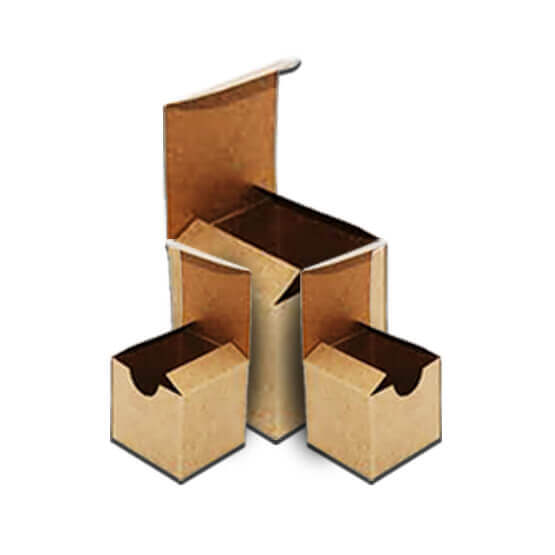Every year, the packaging industry creates a lot of waste, and only a small portion of it is actually recyclable, and that too may not end up being recycled at all. So, the question arises where does all this trash go? Before answering this question, there is a big problem that needs to be addressed that people do not know or do not care where it ends up.
It ends up in landfills, oceans, or burnt to ashes. All three of these methods are damaging for the environment in one way or the other. Let’s discuss the harms of every way one by one.
The packaging wastes cover huge areas. When I was growing up, you wouldn’t believe me when I say this, but there were literal mountains of garbage a few miles from my house. It was a landfill that would look like a bunch of hills. Those are still there, and it was me who moved away. The thing is, all that land could have been saved if it wasn’t for bad management and non-recyclable nature.
That landfill was well contained, but the same cannot be said about other landfills around the world. There are hundreds of acres covered with trash, and a big part of it is the plastics from the packaging. Those landfills can be home to hundreds of different types of bacterias and viruses that can reach people living near them with changing weather and rains.
What makes the situation worse is that birds and animals can die choking on all the plastic waste. This is happening around the world, and you can watch many shows about it as well.
Among the three mentioned ways of disposing of trash, the trash that goes to the oceans is the most dangerous for wildlife. It reduces the oxygen in the oceans, and if some animal eats them, they cannot digest it. Such conditions can worsen in the future.
The problem with burning all that trash is the smoke and pollutants that enter the atmosphere. We are already seeing the effects of climate change. Burning all the trash would make the problem even more difficult to be solved.
So, plastics and other non-biodegradable packaging wastes have done significant damage. Some serious steps need to be taken to control the situation. There are some materials that need more adaptation by the market. Among the list, Kraft boxes or Kraft paper boxes have the top spot. The reason is that it is the most eco-friendly packaging solution available in the industry.
The Kraft material can be made of up to 100% recycled material. What’s more, is that they are highly recyclable. You can reuse those boxes, and if in any case they are left out or end up getting in contact with nature, they are biodegradable, so they eventually become a part of it.
So, if packaging has a full spectrum of eco-friendly qualities, the only commercially successful packaging for this purpose would be Kraft.
From the usage point of view, Kraft is a safe material that can be used for almost all the products regular cardboard can be used with. It is being used in the form of bags and packets for a long time, as I remember getting eggs in Kraft bags. Also, the pizza boxes are usually made of this material.
The use of this material is not limited to food packaging or groceries; these boxes are widely used as shipping boxes in their corrugated variants. Many brands are also selecting these boxes over highly customizable white cardboard boxes.
The reasons are their nature-friendly qualities. I have been connected to the packaging industry from the start of my career, and I have seen the trends shifting towards eco-friendly counterparts.
Now people do not mind the simplistic brown appearance. There are not a lot of fancy finishing and printing options available with this material. However, the rustic and vintage appearance has made quite an audience of its own. Over everything else, the nature-friendly aspect is the chief reason why people are using these boxes, which is a great thing.
